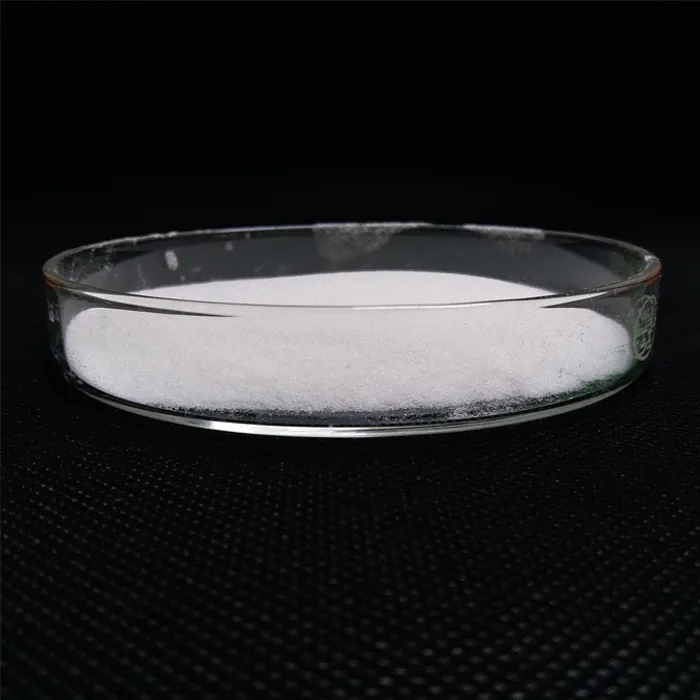Sevoflurane An Overview of Its Use in Anesthesia
Sevoflurane is a volatile anesthetic widely used in modern anesthesia practices. Known for its rapid onset and offset, sevoflurane has become a favorite among anesthesiologists for both induction and maintenance of general anesthesia. Its chemical structure, a fluorinated ether, plays a significant role in its pharmacological properties, making it a suitable choice for various surgical procedures.
One of the primary advantages of sevoflurane is its relatively low blood-gas partition coefficient. This characteristic allows for quick induction and recovery times, making it particularly beneficial for outpatient surgeries where minimizing recovery duration is critical. Patients often experience faster wake-up times, which improves overall patient satisfaction and facilitates earlier discharge from post-anesthesia care units.
Sevoflurane is also characterized by its pleasant odor, which aids in mask induction compared to other volatile anesthetics that may have overpowering smells. This feature is especially advantageous in pediatric anesthesia, where the psychological comfort of the child is paramount. The ability to induce anesthesia smoothly in children can significantly reduce anxiety and discomfort associated with surgical procedures.
sevoflurane

In terms of safety, sevoflurane has demonstrated a favorable profile
. It is associated with minimal cardiovascular effects, making it a suitable option for patients with pre-existing cardiovascular conditions. Furthermore, sevoflurane is non-irritating to the airways, which contributes to its suitability for patients at risk of airway complications.While sevoflurane is well-tolerated, it is not without side effects. Common adverse reactions may include postoperative nausea and vomiting, which can be mitigated with appropriate antiemetic measures. Additionally, concerns have been raised regarding the potential for nephrotoxicity, although studies have shown that sevoflurane does not significantly impact renal function in healthy individuals or even in many patients with pre-existing renal conditions when used appropriately.
The environmental impact of sevoflurane should also be considered. As a greenhouse gas, its use contributes to global warming, leading to increased scrutiny regarding its role in operating room practices. This has prompted many healthcare providers to adopt techniques for minimizing volatile anesthetic usage, such as closed circuit anesthesia and the use of anesthetic scavenging systems.
In conclusion, sevoflurane remains a cornerstone in anesthetic practice due to its rapid action, favorable safety profile, and pleasant properties. Its use continues to evolve with ongoing research into minimizing its environmental impact while optimizing patient outcomes. As advances in technology and pharmacology progress, sevoflurane will likely maintain its status as a preferred agent in the anesthesiologist's arsenal, ensuring that patients receive high-quality and efficient surgical care. The balance between efficacy, safety, and environmental considerations will be key in shaping the future of anesthetic practices involving sevoflurane.

